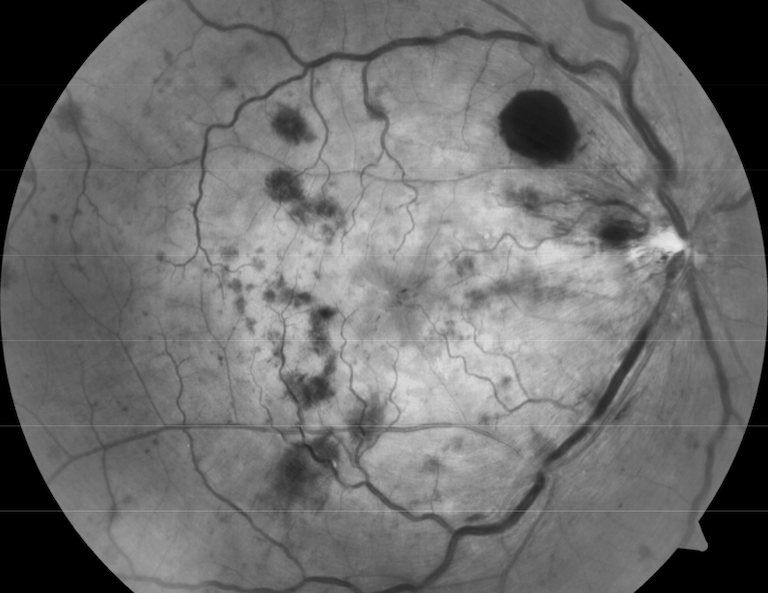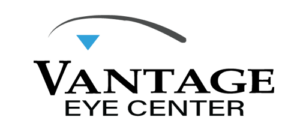What Is a Retinal Vein Occlusion?
Retinal vein occlusion is a blockage in the veins that carry blood away from the retina. Retina specialists are trained to diagnose and treat this condition, which can lead to vision loss if left untreated. Learn more about the symptoms, causes, and treatment options available for retinal vein occlusion.

